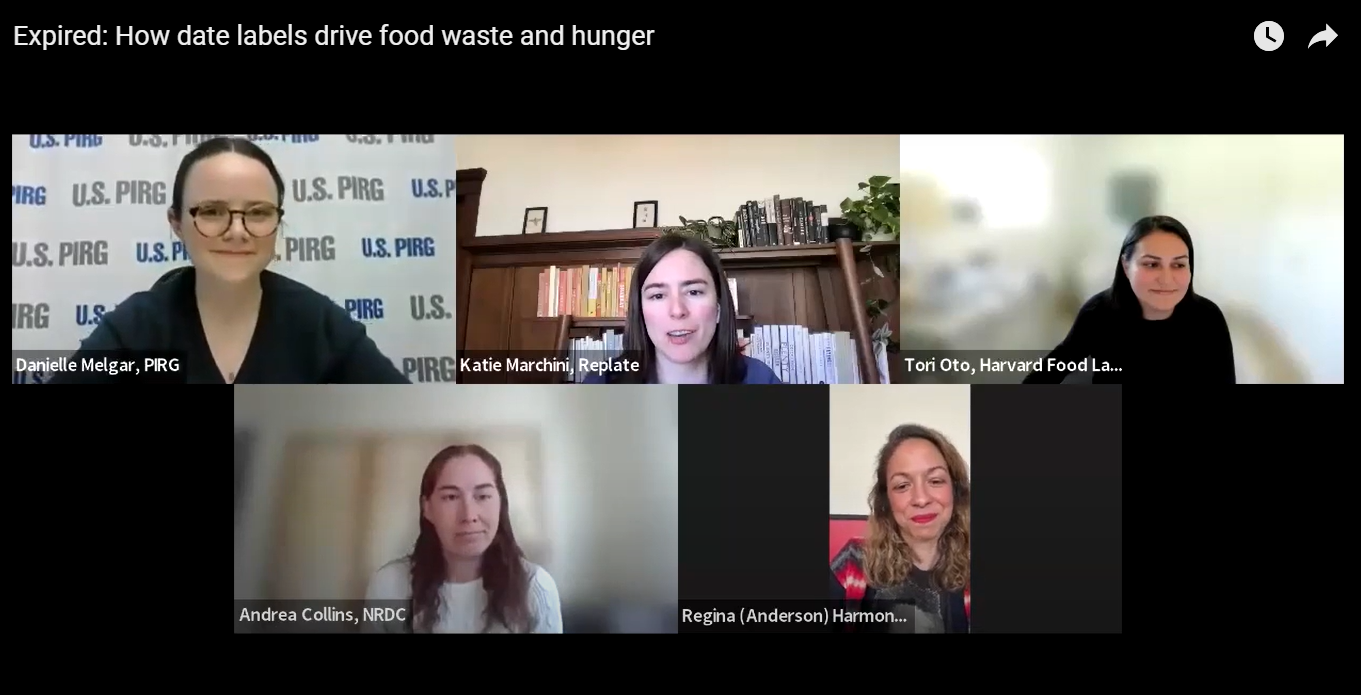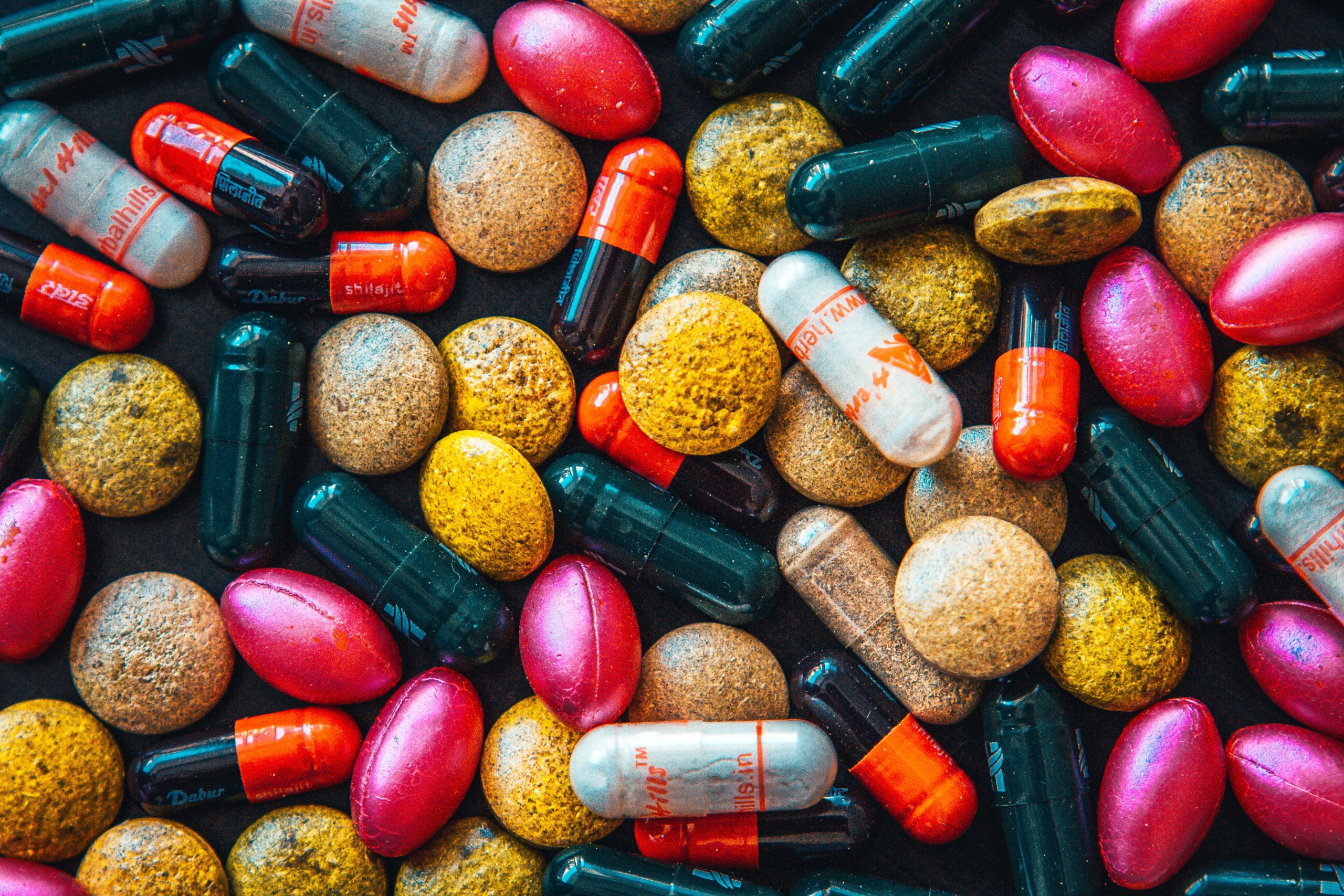The State of Antibiotics 2016
While President Obama discusses some of our nation's biggest economic, social, and foreign policy challenges at the 2016 State of the Union address, here's our take on one of the most pressing public health issues of the era.
One week before the president’s State of the Union address hits the airwaves, Center for Disease Control and Prevention (CDC) Director Dr. Thomas Frieden released their “State of Public Health 2016″. Among their greatest concerns for the coming year? “Find and stop outbreaks of drug-resistant organisms rapidly and protect antibiotics by greatly improving their rational use among both humans and feed animals.”
As drug-resistant bacteria rise faster than federal action to prevent them, preserving the effectiveness of antibiotics must be a priority for any organization working to protect public health – and that’s why we’ve made it ours. Antibiotic-resistant infections are on the rise, leading us ever-closer to the brink of the post-antibiotic era, in which minor cuts could be fatal, surgeries could endanger more than they save, and our life-saving medicines simply no longer work.
Two million people are sickened by antibiotic resistant infections in the U.S. every year, according to estimates by the CDC. 23,000 die. A report released last year predicted that by 2050, antibiotic resistant infections could kill more people annually than cancer – up to 10 million people worldwide. So, it’s no coincidence that the CDC listed antibiotic resistance as one the top public health concerns of 2016.
Drug resistant organisms are growing and spreading at alarming rates. The “phantom menace bacteria” (scientifically, CRE) is on the rise in hospitals and long-term care facilities in the U.S., and is killing up to 50% of infected patients. What makes this particular strain unique is the plasmid, or mobile piece of DNA, that it carries, which allows the bacteria to break down antibiotics and resist treatments. What’s worse, they can transfer antibiotic resistance to other bacteria, including those normally present in our bodies. This increases the potential for patients to come down with a drug-resistant infection that they may not survive.
More concerning than the fact that such superbugs exist is how easily they can travel through direct contact, the air, water, and contaminated food. Most recently, a study conducted by the University of Wisconsin Sea Grant Institute found that Milwaukee, WI’s harbor is a “hot spot” for resistant E.coli bacteria. As people swim, wade, or otherwise enjoy the virulent lake, they run a high risk of contracting a life-threatening illness.
As existing infectious bacteria spread, new strains continue to emerge. A bacterial gene resistant to colistin — an antibiotic reserved for last-case scenarios, after doctors have exhausted all other options–known as MCR-1 was discovered on a Chinese pig farm last November. Shortly after its discovery in China, the same gene was found in Denmark, then in the UK, Canada and, as of Jan 8th, France, Germany, and Vietnam. What’s worse, that colistin resistance doesn’t come alone. Recent reports suggest that the MCR-1 gene can combine with other factors to make some bacteria resistant to other potent drugs; these “multi-drug resistant bacteria” –- the ultimate superbugs — are spreading.
Researchers have shown that the emergence of this resistant gene, and its spread between animals and humans worldwide, was largely caused by its misuse and overuse in agriculture. The last-resort drug was introduced to agriculture in some countries during periods of limited human use. Thankfully, the U.S. was not one of them. But in those nations that did approve colistin for agricultural use, we’re realizing the devastating repercussions that any routine use of antibiotics can, and most likely will, have. Now, “We’re watching our demise in real time,” Lance Price, PhD, microbiologist and founder of the Antibiotic Resistance Action Center at George Washington University, told National Geographic.
Evidence is mounting that it is only a matter of time before resistance develops to all classes of our life-saving medicines unless we use them responsibly: responsible use is not the meat industry standard. Despite decades of warnings and limited federal efforts to curb antibiotic use in agriculture, up to 70% of antibiotics sold in the U.S. are used on livestock and poultry. Many of these antibiotics are used on animals that aren’t sick to compensate for disease-ridden conditions, and to make animals grow fatter, faster. Experts worldwide agree that this trend is directly contributing to the rise and spread of deadly bacteria. Yet, sales data shows that agricultural usage has increased 23% over the last five years despite these warnings.
As antibiotic resistance rises to become one of the premier public health concerns of the year and coming decades, it makes no sense at all to continue a practice that hastens the growth and spread of these deadly bacteria and dissolves a key pillar of modern medicine.
It doesn’t have to be this way. We can help put an end to one of the key contributors to antibiotic resistance by mobilizing overwhelming public support for fast food restaurants – some of the largest single purchasers of meat in the country – to commit to serving only meat raised without routine antibiotics.
We launched our marketplace efforts at the start of 2015 to tremendous success. First, McDonald’s committed to stop selling chicken raised on medically-important antibiotics, then Subway went one step further by committing to phase out the use of antibiotics from its entire meat supply. As public support for such changes gained visibility, other major restaurants like Noodles and Company and Papa John’s made their own commitments and major industrial meat producers began to feel the heat.
These commitments demonstrated the tremendous power of consumers to change industry practices. Companies are ultimately vulnerable to their customers’ preferences and what they’re willing to purchase. When tens of thousands of potential customers make it known that they’re more likely to support a restaurant that sources their meat from farms that don’t abuse antibiotics, they place an order that these companies can’t ignore.
With the momentum of a major year of public health victories, we’re going to convince five more major restaurant chains to set strong antibiotics policies for their meat supplies. As these major chains transition away from meat raised on routine antibiotics, we’re confident that we’ll see changes ripple across the industry, as suppliers hustle to maintain the standards demanded by some of their biggest customers.
As we begin 2016, the state of antibiotic resistant bacteria is strong, but not unstoppable. By the end of the year, let’s make sure we’ve made substantial progress towards stopping the overuse of antibiotics on factory farms, and helped preserve our life-saving medicines for decades to come.
Topics
Authors
Bill Wenzel
Find Out More

Expired: How date labels drive food waste and hunger

New report reveals widespread presence of plastic chemicals in our food

Taylor Swift albums as food waste reduction solutions


